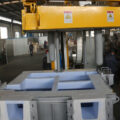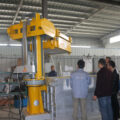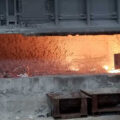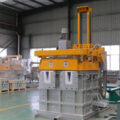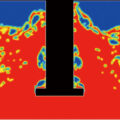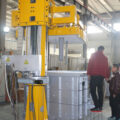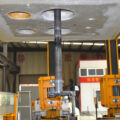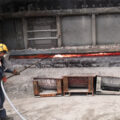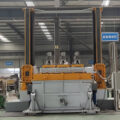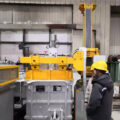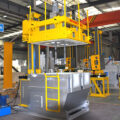Aluminium Foundry Degassing Device removes impurities from the melt to provide a cleaner, better quality metal. It is one of the most common and effective cleaning methods in foundries.
Two main impurities are found in liquid aluminum: dissolved hydrogen and non-metallic inclusions. As the metal cools, dissolved hydrogen escapes from the solution and forms harmful pores. Such porosity and non-metallic solid inclusions can reduce the strength of aluminum castings and adversely affect the final properties.
Therefore, Aluminium Foundry Degassing Device must be used to remove dissolved hydrogen and non-metallic inclusions in the aluminum solution before casting to achieve the best quality.
Processes developed for cleaning metals are physical processes that involve the use of inert gas fluxes.
Hydrogen dissolved in the molten material diffuses into rising bubbles of flux gas and is transported to the surface of the molten material. This process depends on two main steps:
- The rate at which hydrogen diffuses through the diffusion boundary layer into inert bubbles.
- Hydrogen concentration in inert bubbles.
Diffusion is the deterministic stage of degassing rate. Therefore, in order to achieve optimal degassing efficiency, the following requirements must be met:
Inert gases have smaller bubbles and stay in the molten metal longer. This ensures a large surface contact area between inert bubbles and the molten metal, thus ensuring a higher mass transfer coefficient relative to the diffusion layer.
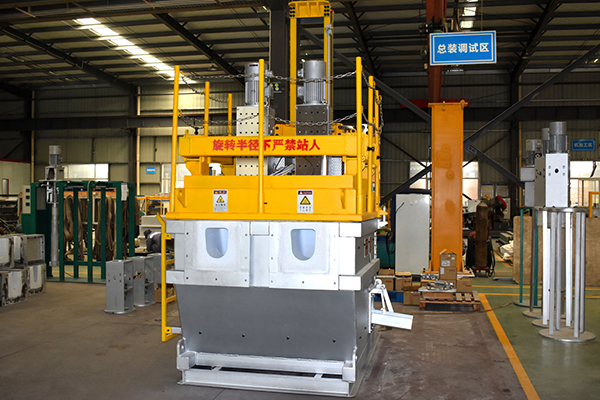
Aluminium Foundry Degassing Device rotating impellers work by increasing the surface area of inert gases introduced into the metal. The smaller nitrogen bubbles produced by the impeller process have a larger total surface area and collect more hydrogen.
The lower surface disturbance of the smaller bubbles also allows less hydrogen to be recaptured into the metal from atmospheric moisture.
Aluminum degassing process in casting, inert or chemically inert gases (argon, nitrogen) are removed by rotating shafts and rotors.
The energy of the rotating axis leads to the formation of a large number of small bubbles, which provide a very high surface-to-volume ratio.
The large surface area promotes the rapid and efficient diffusion of hydrogen into the bubble, thus balancing the activity of hydrogen in the liquid and gas phases.
A rotary degassing machine can remove hydrogen more thoroughly than flux degassing.
In addition, rotary degassing machines do not use harmful chlorine and fluoride salts.
Rotary degassing machine can also combine degassing and flux introduction functions.
In this case, the inert gas acts as a carrier for the particle flux. This method is called flux injection.

